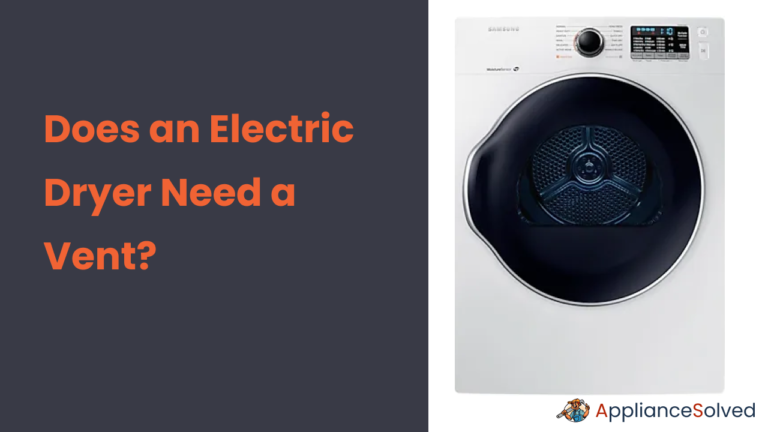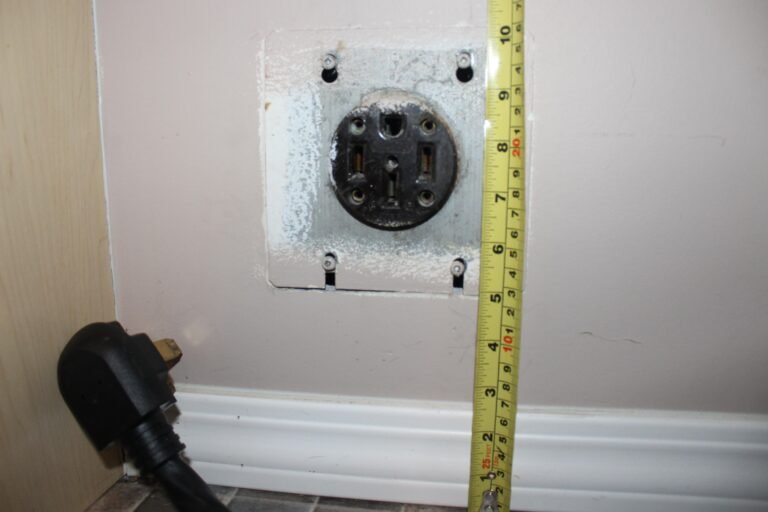200 Amp Wire Size: Choosing the Right Gauge for Your Electrical Needs
When it comes to electrical installations, ensuring the right wire size for a 200-amp panel is paramount. Your choice not only affects the performance of your electrical system but also plays a crucial role in safety compliance with the National Electrical Code (NEC). In this article, we’ll delve into the intricacies of selecting the correct 200 amp wire size, exploring materials, grounding, and more. Let’s get started!
Part I: 200 amp Wire Size Requirements
A. Copper Wire Requirements (2/0 AWG)
Copper wire is a reliable choice for 200-amp service. It’s highly conductive and can handle the amperage efficiently. The NEC recommends 2/0 AWG copper wire for a 200-amp panel. This gauge ensures minimal voltage drop and safe current-carrying capacity. Read about 30 amp wire size blog post.
Table 1: Wire Sizes for Different Amperage Ratings
| Amperage | Copper Wire Gauge |
|---|---|
| 100A | 1/0 AWG |
| 150A | 2/0 AWG |
| 200A | 2/0 AWG |
| 250A | 3/0 AWG |
| 300A | 4/0 AWG |
B. Aluminum or Copper-Clad Wire Requirements (4/0 AWG)
If you prefer aluminum or copper-clad aluminum wire, the NEC recommends 4/0 AWG for a 200-amp service. These materials are less costly than pure copper but still provide adequate performance. Proper terminations and anti-oxidant compounds are essential when using aluminum.
C. The Significance of Proper Wire Sizing
Selecting the correct wire gauge is not just a matter of compliance; it’s crucial for performance and safety. An undersized wire can overheat, leading to potential fires or damage to your electrical devices. Conversely, an oversized wire may increase installation costs without significant benefits.

Part II: Ground Wire and Bonding
A. Minimum Requirements for Ground Wire (#4 AWG Copper)
Grounding is essential for safety. NEC mandates a minimum #4 AWG copper ground wire for a 200-amp service. Proper grounding helps dissipate fault currents, reducing the risk of electrical shock and fire.
B. Installation of the Main Bonding Jumper
The main bonding jumper ensures the electrical connection between the grounded conductor (neutral) and the grounding electrode system. It’s a critical safety component in your electrical system. Ensure it’s properly installed as per NEC requirements.
C. Differentiating Between Main Panels and Subpanels
Understanding the difference between main panels and subpanels is crucial. Main panels connect directly to the utility’s power source, while subpanels are fed from main panels. Wire sizing requirements differ between them, so consult with an electrician to avoid code violations.
Part III: Pros and Cons of Wire Materials
A. Copper Wire Pros and Cons
Table 2: Pros and Cons of Copper Wire
| Pros | Cons |
|---|---|
| Excellent conductivity | Higher cost |
| Corrosion resistance | Heavier than aluminum |
| Long lifespan | Limited availability |
B. Aluminum Wire Pros and Cons
Table 3: Pros and Cons of Aluminum Wire
| Pros | Cons |
|---|---|
| Cost-effective | Lower conductivity |
| Lightweight | Prone to oxidation |
| Widely available | Requires special terminations |
C. Copper-Clad Aluminum Wire Pros and Cons
Table 4: Pros and Cons of Copper-Clad Aluminum Wire
| Pros | Cons |
|---|---|
| Good conductivity | Less corrosion-resistant |
| Cost-effective | Special terminations needed |
| Lightweight | Availability may vary |
Part IV: Other Factors to Consider
A. Type of Conduit for 200-Amp Conductors
The choice of conduit material and size is vital for protecting your service cable. Consult with an electrician to determine the appropriate conduit for your installation.
B. Understanding Voltage Drop
Voltage drop occurs when electrical current encounters resistance in the wire, leading to a drop in voltage. Proper wire sizing helps minimize voltage drop, ensuring efficient power delivery.
C. Difference Between 1-Phase and 3-Phase Power
Understanding your power requirements (1-phase or 3-phase) is crucial, as it impacts wire sizing. 3-phase power is common in commercial and industrial settings, requiring different considerations.
D. Necessity of a Grounding System and Types of Grounding Electrodes
A robust grounding system is essential for safety. Common grounding electrodes include rods, plates, and water pipes. Consult an electrician to determine the best grounding solution for your location.
Part V: FAQs
Can 8 Gauge Wire Handle 200 Amps?
No, 8-gauge wire cannot handle 200 amps. For a 200-amp service, you should use larger gauge wire, typically 2/0 AWG for copper or 4/0 AWG for aluminum or copper-clad aluminum, as recommended by the NEC. Using 8-gauge wire for 200 amps can lead to overheating and pose significant safety risks.
Can You Run a 200 Amp Sub Panel off a 200 Amp Main Panel?
Yes, you can run a 200-amp sub-panel off a 200-amp main panel. However, it’s crucial to ensure that the main panel has the capacity to accommodate the additional load from the sub-panel. Proper sizing, appropriate wire gauge, and adherence to electrical codes are essential when installing sub-panels.
How Far Can You Run 200 Amp Service Underground?
The distance you can run a 200-amp service underground depends on factors like wire size and voltage drop. To minimize voltage drop, larger wire gauges are required for longer distances. Consult with a licensed electrician to calculate the exact wire size needed for your specific underground service length.
How Many Amps Can I Have on a 200 Amp Panel?
A 200-amp panel is designed to handle a maximum load of 200 amps. However, it’s important to consider that not all circuits will be running at their maximum capacity simultaneously. The actual number of circuits and appliances you can have on a 200-amp panel depends on the individual amp ratings of the circuits and the total load you intend to connect. It’s advisable to perform a load calculation to ensure that you do not overload the panel.
Permits and Local Codes for 200-Amp Service Installation
Securing the necessary permits and adhering to local codes is vital for a legal and safe installation. Local requirements can vary, so consult your local authority.
Average Installation Cost for 200-Amp Service
Installation costs can vary significantly based on factors like location, existing infrastructure, and materials used. A rough estimate for a 200-amp service installation can range from $2,000 to $5,000 or more.
Wire Size Requirements for Different Distances
Wire size requirements depend on the distance between the electrical panel and the power source. Longer distances require larger wire gauges to minimize voltage drop.
The Number of Wires Needed for a 200-Amp Service Cable
A 200-amp service cable typically consists of three conductors: two hot wires and one neutral wire. The ground wire is a separate conductor, bringing the total to four wires.
Part VI: Conclusion
In summary, choosing the right 200 amp wire size is critical for performance, safety, and code compliance. Whether you opt for copper, aluminum, or copper-clad aluminum wire, consult with a licensed electrician to ensure a successful installation. Remember, electrical work demands precision, so make informed decisions and prioritize safety.
Key Takeaway: Selecting the correct wire gauge for a 200-amp panel is crucial for safety and performance. Consult with a licensed electrician and adhere to NEC guidelines to ensure a successful installation.
Now that you have a comprehensive guide to 200-amp wire sizing, you can confidently navigate your electrical project with the right knowledge. Always prioritize safety and consult with professionals when needed.







